
Calisthenics for beginners: exercises and routine
Calisthenics routines for beginners, exercises by level, and complete workout to progress safely and effectively.

One of the most repeated doubts in terms of training is regarding the cadence of movement. Is it better to make the movement slow and controlled? Is it better to do the slow negative and the explosive concentric? Is there a difference if you want to train strength or hypertrophy? Is it necessary to make a stop at the end of the negative, at the end of the concentric? How many seconds should each cadence last?
In today's article we are going to solve these doubts so that it is very clear to you how to optimize the cadence according to your objective, be it strength or hypertrophy and stop having these doubts, with practical examples so that you can apply them to your training right now.
I would like to let you know that in this article I will be showing examples with calisthenics exercises but what we are going to explain is perfectly applicable to gym exercises, weighted calisthenics exercises, elastic band exercises and others.
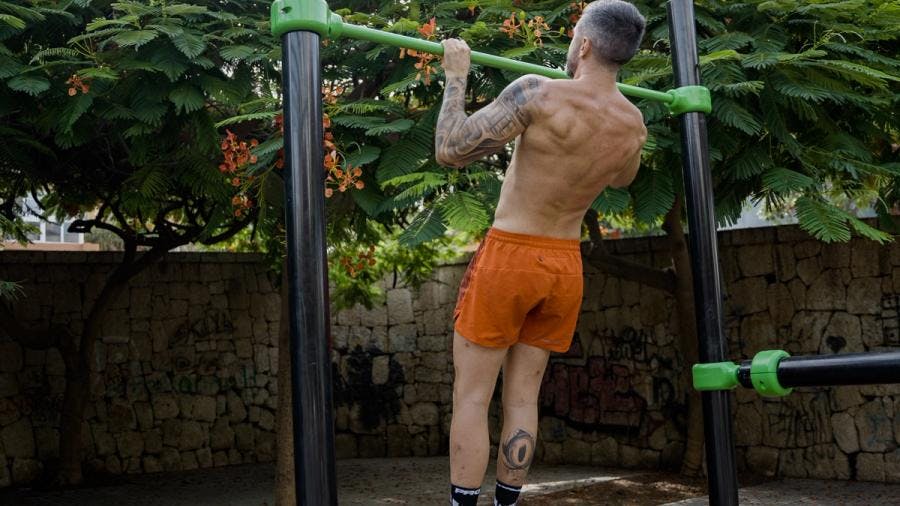
Also quickly leave my Prozis discount code in case you want to buy supplements, sports equipment or healthy eating, keep in mind that with my YERAI code you have a 10% discount plus direct gifts plus points that can be accumulated and exchanged for more gifts. The code is entered at the bottom when you go to confirm the order. It is one of the best ways you have to support me to continue creating content so I thank you very much.
During my career as a calisthenics athlete I had never trained with a goal of pure strength, nor pure hypertrophy, since I had always had other goals such as learning different tricks, competing and so on. But now I've been training for a few months with a clear goal of strength and hypertrophy and I've been learning, testing and applying different concepts that are giving me quite good results, and that I think will soon be reflected in my physical appearance and my ability, stay tuned so you don't miss it. One of these important concepts is the cadence of movement.
Before we dive into cadence itself, let's explain the general differences between strength training and hypertrophy training.
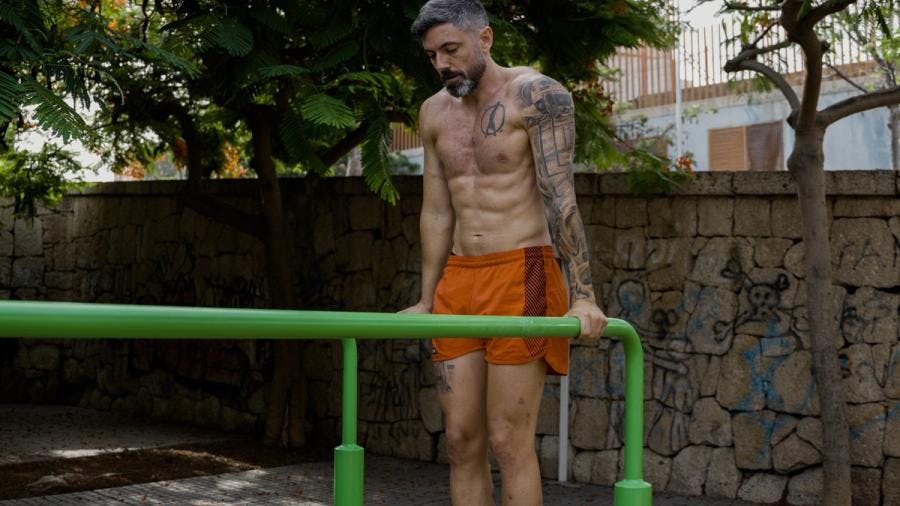
Strength training is based on moving more mass, specifically strength is defined as mass times acceleration. This mass can be our body weight, an external weight, or the sum of both.
Normally for strength you train with a low repetition range, between 1 and 5, and therefore using a load, or in the case of calisthenics, a difficulty of the exercise, according to that number of repetitions.

Hypertrophy training is based on increasing muscle mass as much as possible. To do this, we simply seek to give the muscle the amount of work volume it needs with a stimulus of mechanical tension according to that volume. Normally in hypertrophy you train between 6 and 20 repetitions with a weight or difficulty of the exercise adapted to that number of repetitions.
So with this in mind, what role does movement cadence play in these types of training?
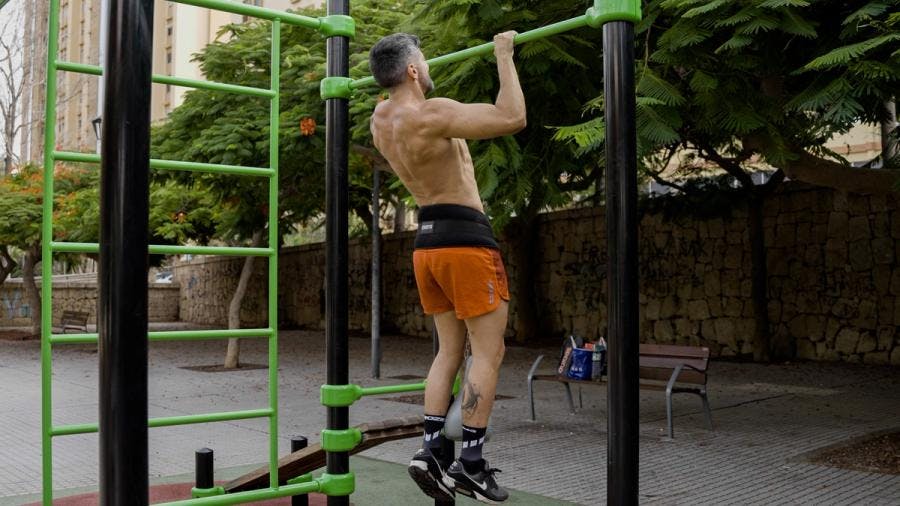
Let's start with strength, as we mentioned, it is mass times acceleration, therefore, in order to have the greatest possible strength, we are interested in having the greatest possible acceleration, it would not make sense to do a slow concentric, it would be counterproductive.
Although the technical and safety aspects must also be taken into account, because doing the repetition as quickly as possible without good control of the movement can be dangerous and cause an injury. But within a controlled and safe movement, it is in your best interest to do it as quickly as possible.
Therefore, knowing all this, what I am going to recommend for strength is:
- A relatively slow refusal or eccentric to prepare for the movement and maintain control of the weight or exercise without losing balance.
- A very small stop just before the concentric, which is enough to make sure that we do not take advantage of any inertia or rebound that worsens the technique.
- And a concentric as fast as possible but in which we do not lose control of the movement.
This could be summed up as a 3-1-1:
- 3” negative
- 1” stop
- 1” concentric
Although these numbers are just a reference to make it easier for you to memorize, because in real life it may not be exact, especially the stop, which is usually shorter than 1" and the concentric, which depending on the difficulty of lifting the weight or performing the exercise may be effectively 1" or even less, or if the exercise is difficult for us or it is too much weight for our capacity, the fastest we can move can be 2" or 3".
Also keep in mind that depending on the exercise, the order may change as we may start directly with the concentric or with the eccentric. But hey, we can say that the reference would be 3-1-1 and we understand each other.

Now let's go with hypertrophy, and here I am going to tell you that you have a free hand.
As we mentioned before in hypertrophy, the important thing is that the muscle receives a sufficient volume of work with an intensity in terms of sufficient mechanical tension, therefore as long as the targeted muscles are given that stimulus, the cadence of movement can be the one you like the most.
But it is true that we can be smart and use the cadence to our advantage for the hypertrophy stimulus. I think the clearest example is with the exercises that are easy for us.
Imagine that you want to train the pectoral doing push-ups or dips in parallel, but your level is already good in those exercises and you can do more than 30 repetitions without problem. In this case, doing sets of 12 or 15 repetitions would not be a good hypertrophy stimulus, so you would not be training optimally. However, if you modify the cadence and do very slow and controlled repetitions, it is possible that with 12 or 15 repetitions you will already be at 80 or 90% of your capacity.
The same is true the other way around, if an exercise is difficult or intense enough to give you that good kick in 10 reps, you can do it with normal cadence no problem, you don't have to be looking for ways to play with the tempos to make it more difficult. .
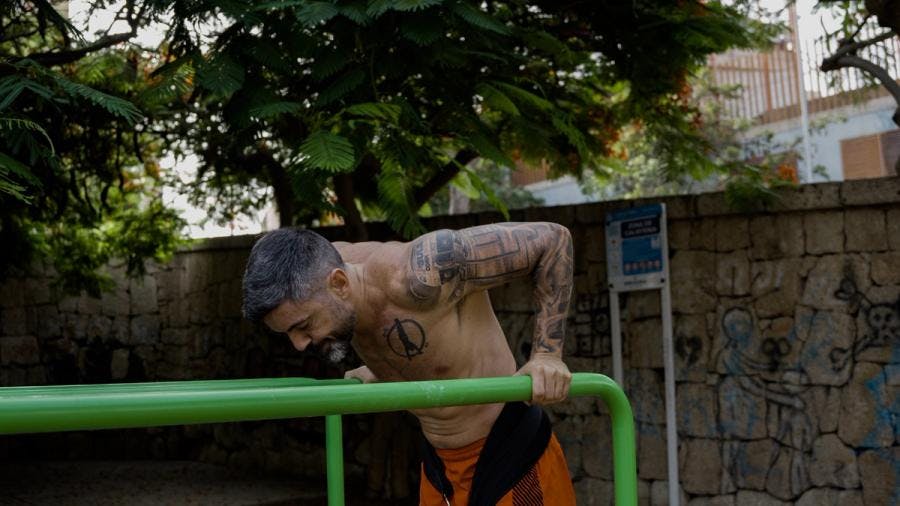
In order to make a general summary, we would say that for strength we should use a controlled cadence in the eccentric, a short stop and a fast concentric, which we symbolize with a 3-1-1.
And for hypertrophy we summarize by saying that you can do the cadence you want, as long as you receive a stimulus around 80% of your capacity between 6 and 20 repetitions.
Regarding Calisteniapp, let me tell you about the news, which is that we have just launched a new update with 10 new free routines, some of which have been asking for for a long time. And regarding the subject of this video, in Calisteniapp we have a section of free sessions specific to mouscle groups and another specific section for strength, as well as smart routines and specific training programs in the pro version.
I hope this article has helped you and see you in the next ones.

Yerai Alonso
Cofundador de Calisteniapp, referente en calistenia y el street workout en Español. Con más de una década de experiencia, es creador de uno de los canales de YouTube más influyentes del sector. Autor del libro La calle es tu gimnasio, campeón de Canarias y jurado en competiciones nacionales e internacionales.
Join our newsletter
Learn everything you need to know about calisthenics

Calisthenics routines for beginners, exercises by level, and complete workout to progress safely and effectively.
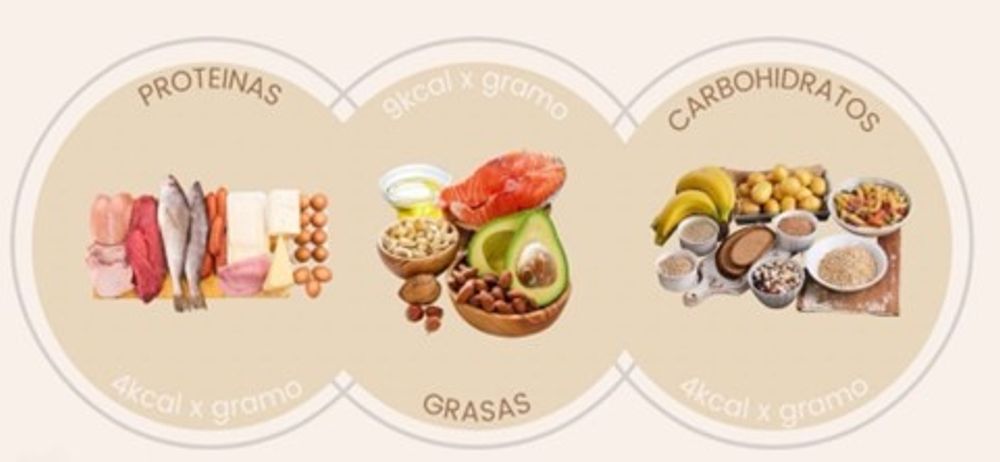
Learn all about macronutrients: their roles, types, and the importance of nutrient timing for sports performance. Read our complete guide for athletes.

Not sure what to eat before training calisthenics? In this article, we explain the ideal pre-workout nutrition based on your specific type of training session.
